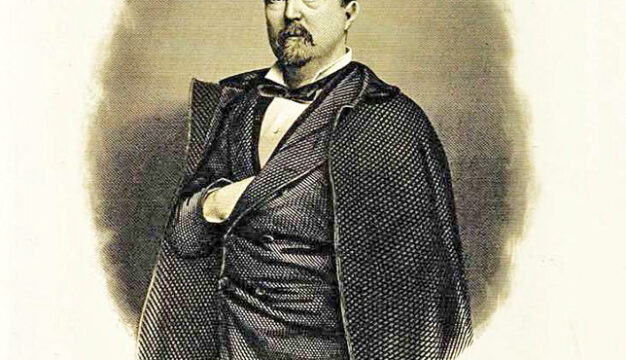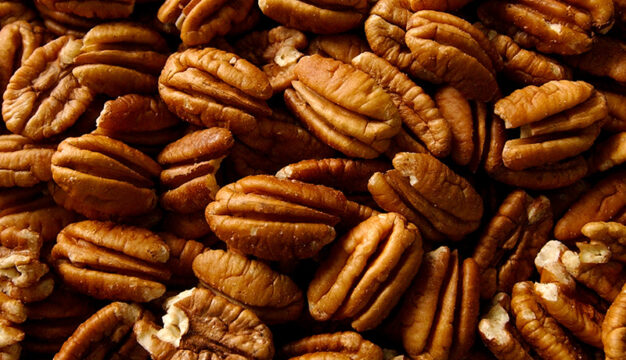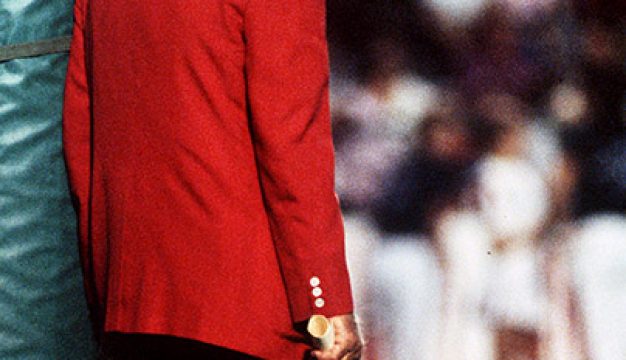Birmingham Black Radio Museum
Located in Birmingham, Jefferson County, the Birmingham Black Radio Museum (BBRM) is an award-winning community museum and archives dedicated to collecting, preserving, and presenting the history of Black radio in Alabama. The museum includes collections of audio recordings, radio station records, broadcaster archives, and oral histories, with a particular emphasis on narratives from the mid-1930s through the 1980s. It also houses physical material, such as advertisements, ticket stubs, posters, photographs, event programs, news clippings, radio logs, and other memorabilia that represent that era. Funding comes from federal and state agencies, local governments, and foundations, as well as individual donors from across the country.
The BBRM builds on the rich history of Black radio in Birmingham. Station WEDR was the second in the nation to be entirely Black-staffed when it went on the air in 1949. At one point, Birmingham was home to five Black stations, more than any other market in the country. Local Black radio stations of the time served crucial roles in shaping their communities through religious and secular music programming, sports, and talk shows targeted to their interests.
The museum grew out of radio station WJLD's celebration of its fiftieth anniversary in 1992. Bob Friedman, then host of WJLD's morning talk show as well as its sales and operations manager, asked listeners to share their memories of local Black radio and how it shaped their lives. Retired radio announcers and long-time listeners contributed oral interviews and scrapbooks documenting the history of Black radio in the area. Recorded interviews with longtime community listeners detail how they were associated with or influenced by the events, actions, and activities documented by the museum. Those materials and narratives formed the initial core of the BBRM collections. Friedman also recorded extensive oral interviews for the museum's oral history collection. These were transcribed by students in history and library sciences and archives programs through partnerships with colleges and universities who were recruited and trained by BBRM staff. Friedman, a native of New York City who moved to Birmingham in the late 1980s, would become a major promoter in forming BBRM. He solicited interviews and memorabilia and in 2004 secured pro bono legal assistance to organize as a 501(c)(3) nonprofit with a board of directors that included community leaders. He was named director of the museum and has constantly promoted the project.
As host of a WJLD morning talk show and as a community activist, Friedman had become well-known across Black neighborhoods and among local governments, enabling the BBRM to develop partnerships with the Birmingham Civil Rights Institute (BCRI), the Jefferson County Commission, and the Alabama Jazz Hall of Fame (AJHOF) to strengthen its standing.
The public may access the digitized material through the BBRM website and through the organization's educational programming and outreach initiatives. Physical collections are held at the BCRI and are available on-site to researchers by appointment. Through this partnership, the BBRM assists the BCRI with inquiries relating to radio history and to collaborate on projects involving radio and civil rights. To that end, the museum includes primary source interviews of how Black radio played a significant part in the Birmingham civil rights movement. During the 1963 demonstrations, for example, popular WENN morning on-air host Paul "Tall Paul" White (1936-2001) supported the movement by using coded signals to let schoolchildren know when and where mass gatherings and marches would be held.
Material for the museum comes from many sources. As broadcasters and other radio staff members retired or died, their families often donated memorabilia. Black-owned photography studios provided images of radio personalities and gospel singing groups. These materials assisted the BBRM in documenting the sounds and personalities of the period. Sunday morning church services filled the airways on many Black stations, and the museum features recordings of sermons and choirs, including those documenting the unique a capella gospel harmony recognized as "the Jefferson County Sound," which emerged as rural Blacks migrated to the mines and mills surrounding Birmingham. Stations also promoted secular music and featured interviews with major acts when they appeared in the city, and these are also documented in the museum's collections. Black radio announcers themselves became stars as they hosted dances and other programming aimed at teenagers in the 1950s and early 1960s, including dances at high schools called "sock hops" because shoes were not allowed to protect the gymnasium floors where most of them were held. Dances at other venues were termed "platter parties," where popular deejays spun records.
To ensure Birmingham's Black radio history is a part of the city's active public memory, the museum's outreach office provides public programming, including panel discussions and video presentations at Alabama public libraries, primary and secondary schools, and colleges and universities. One such notable effort is A Radio Hero, a video the museum produced in 2013 for the fiftieth anniversary of the 1963 Birmingham civil rights movement. It salutes popular radio broadcaster and community leader Paul "Tall Paul" White. In 2019, the BBRM sponsored White's induction into the Alabama Broadcasters Hall of Fame and in 2022 led a successful fundraising drive to provide a marker and plaque for his grave.
Through its Taking Preservation Statewide initiative, the BBRM establishes partnerships with Black radio stations across Alabama to support their own internal preservation activities. In 2018, the BBRM was named a partner, and Friedman a research associate, of the Radio Preservation Task Force (RPTF) of the Library of Congress. The RPTF, created in 2014, supports collaboration among faculty researchers and archivists toward the preservation of radio history. In 2022, the museum joined the organization's African American and Civil Rights Caucus. The museum received the University of Alabama's Community Engagement Award in 2019 and the Alabama Historical Association's Digital History Award in the Large Project category in 2023.
A permanent exhibition space for the museum is under construction in the Carver Theater, the historically Black movie theater operated by the AJHOF and located in the Birmingham Civil Rights National Monument district. The public exhibit, expected to open in early 2024, will include displays of photographs, videos, and other memorabilia, as well as listening stations for visitors to access oral interviews.



